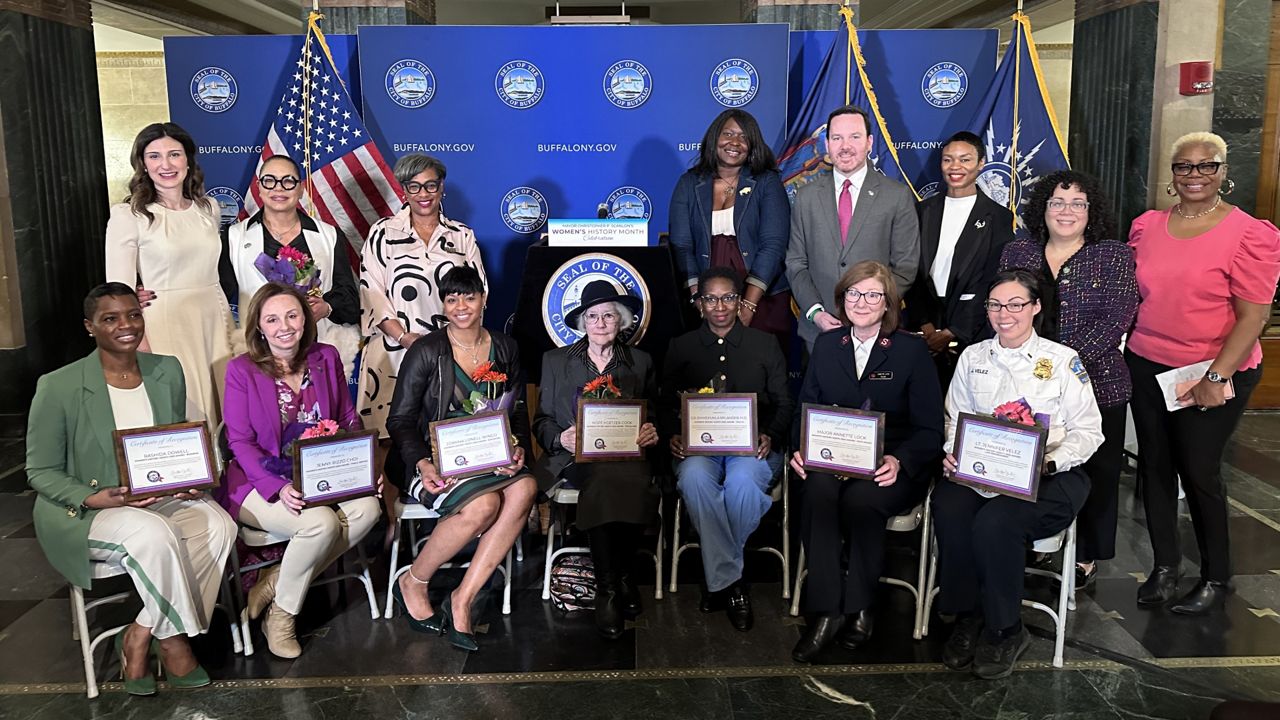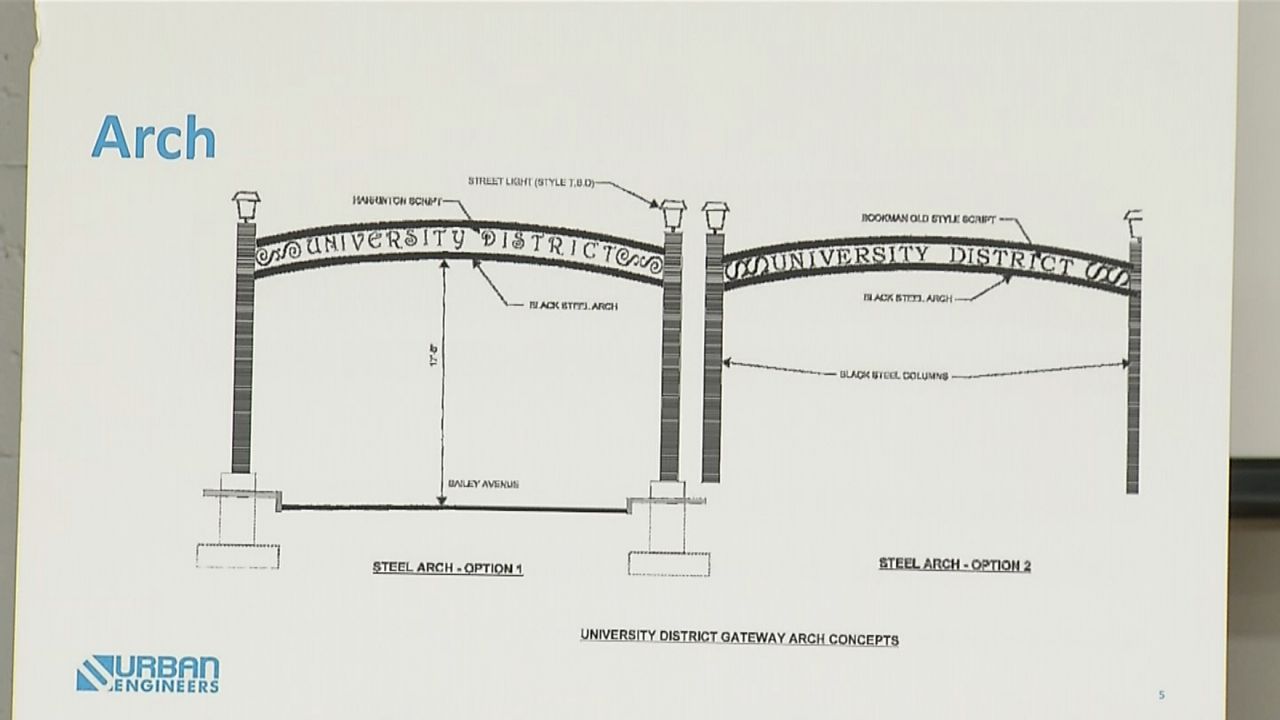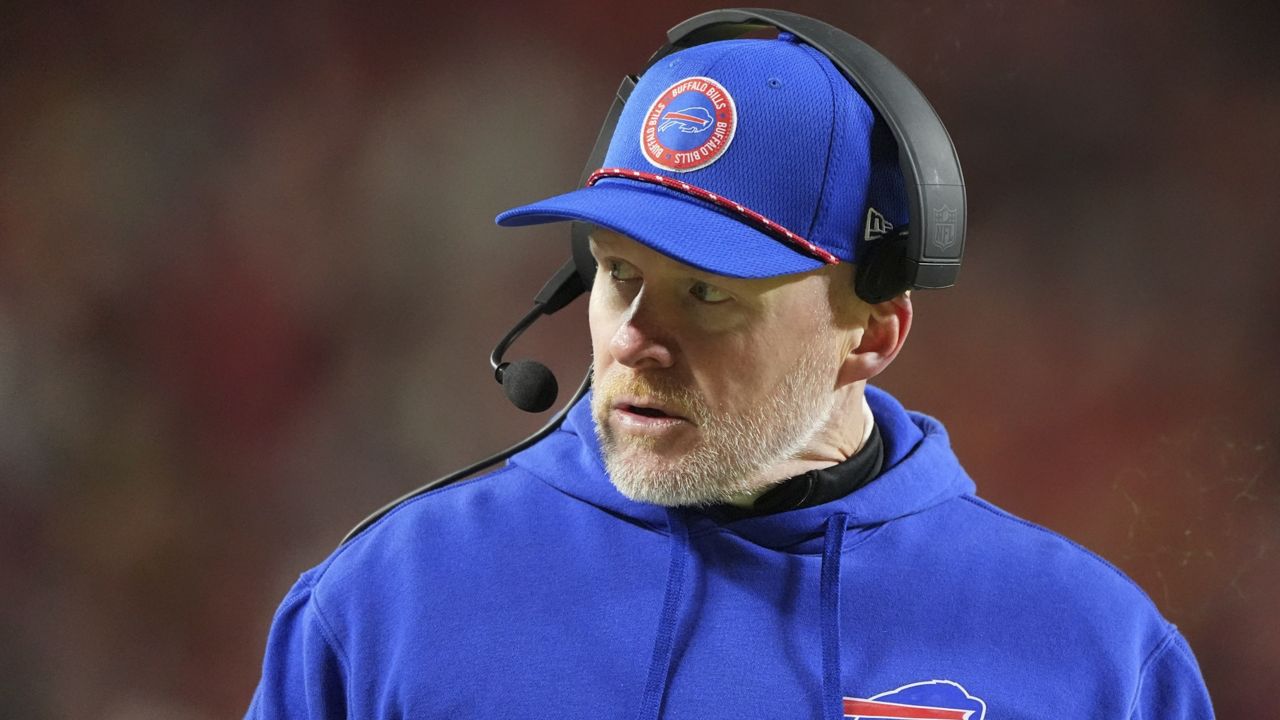BUFFALO, N.Y.--The National Institute on Drug Abuse estimates that in 2015, 2 million people in the U.S. suffered from opioid addiction.
It’s a statistic that University at Buffalo Senior Associate Dean for Health Policy, Nancy Nielsen, knows all too well.
"Docs frankly are afraid to prescribe opioids. Even when they think it's a very legitimate need,” said Nielsen.
But most of those addicts didn't get those drugs off the streets; they got them from doctors’ offices and medicine cabinets.
And the medical community is now addressing the role it played in this crisis.
"There were pressures all over nationally to try to make sure that patients had no pain and we also were lied to by pharmaceutical companies there's no question. We were told that these were not addictive drugs,” said Nielsen.
According to Nielsen, doctors are doing their best to keep new patients off of these highly addictive drugs and are working to wean off existing patients.
But she adds that new prescription guidelines from the U.S. Attorney General aren’t helping their cause.
"All it takes is a couple pain patients, who have chronic pain and have been on high dose opioids and you're on the list. And nobody wants to be the next one indicted,” said Nielsen.
Still, the work continues. And for Nielsen, a major part of that is updating the way they train the next generation of medical professionals.
"The medical students, nursing students, pharmacy students, the nurse practitioners who can prescribe, the dentists, all of those health professional students are being educated differently about these drugs now that we know what a mess we're in,” said Nielsen.










